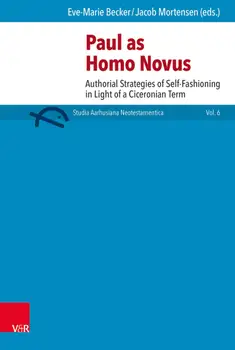20ths century research in St. Paul is widely impacted by Adolf Deissmann's prominent view on the apostle as a "homo novus" (1911). But where does this concept originate from, and what does it imply? This collection of articles does not only re-evaluate Deissmann's concept by tracing it back to its historical and socio-political origins in Cicero and exploring how authors from (early) Imperial Time perceive and transform the homo novus paradigm by diverse modes and strategies of literary self-fashioning. Scholars ranging the fields of New Testament Studies, Greek and Latin Philology, Ancient History, Patristics, and Comparative Literature also examine how the Ciceronian paradigm was early on transformed, disseminated, and applied as a literary concept and an authorial topos of self-molding. One of the leading questions throughout the volume thus is: How do authors like Cicero, Horace, Paul, Tacitus, Seneca, Athanasius, and Augustine fashion themselves in accordance to or in difference from the idea of being a "new man"? It is argued that by means of literary self-configuration, indeed, some of these writers – such as Paul and Augustine – want to appear as "new men" by either altering traditional social, moral, religious, or political roles, or by creating new patterns of social behavior and religious self-understanding.
Prøv 30 timer gratis
- Les og lytt i dag
- Ingen forpliktelser, si opp når du vil

Gjør hvert øyeblikk til et eventyr
- Ha hundretusener av historier rett i lomma
- Ingen forpliktelser, si opp når du vil

Kom i gang med denne boken i dag for 0 kr
- Få full tilgang til alle bøkene i appen i prøveperioden
- Ingen forpliktelser, si opp når du vil
Serie:
- Volum 6 i Studia Aarhusiana Neotestamentica (SANt)
Språk:
engelsk
Format:

Trauma and Traumatization in Individual and Collective Dimensions : Insights from Biblical Studies and Beyond
book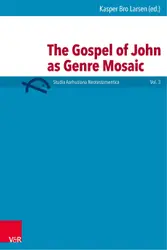
The Gospel of John as Genre Mosaic
book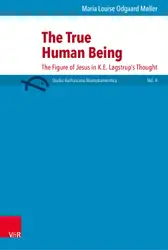
The True Human Being : The Figure of Jesus in K.E. Løgstrup's Thought
Maria Louise Louise Odgaard Møller
book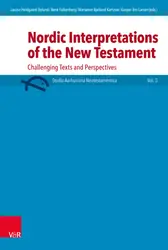
Nordic Interpretations of the New Testament : Challenging Texts and Perspectives
book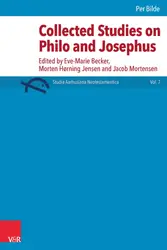
Collected Studies on Philo and Josephus : Edited by Eve-Marie Becker, Morten Hørning Jensen and Jacob Mortensen
Per Bilde, Eve-Marie Becker
book
James among the Classicists : Reading the Letter of James in Light of Ancient Literary Criticism
Sigurvin Lárus Jónsson
book
Genres of Mark : Reading Mark's Gospel from Micro and Macro Perspectives
book
